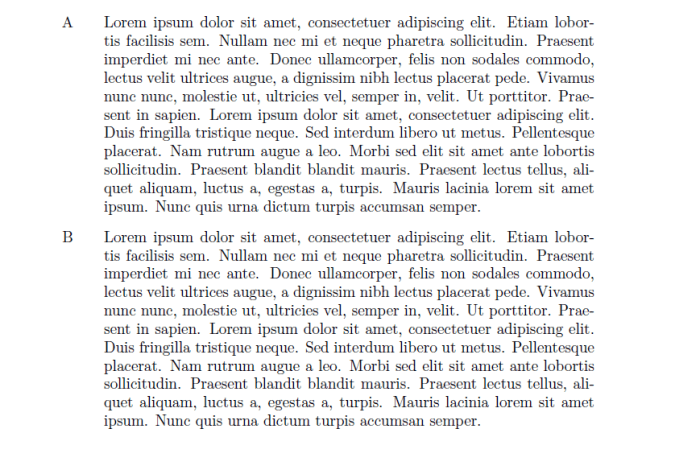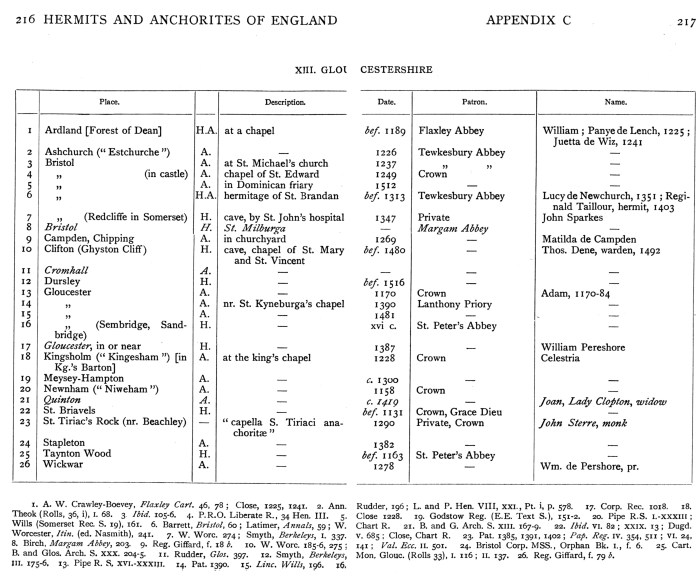Numbering a tabulated list in legal writing – Numbering tabulated lists is an essential aspect of legal writing, ensuring clarity and organization in presenting complex information. This guide provides a comprehensive overview of the rules and best practices for numbering tabulated lists in legal documents.
In legal citation styles, numbered tabulated lists are commonly used to present case citations, statutes, and other legal authorities. Each style has specific rules for numbering, including the use of Arabic or Roman numerals, indentation, and spacing.
1. Legal Citation Styles

Legal citation styles provide specific guidelines for formatting numbered tabulated lists in legal writing. Some common legal citation styles that use numbered tabulated lists include:
- The Bluebook: A Uniform System of Citation (20th ed.)
- The Chicago Manual of Style (17th ed.)
- The ALWD Citation Manual: A Professional System of Citation (6th ed.)
Specific Rules for Numbering Tabulated Lists
Each legal citation style has specific rules for numbering tabulated lists. For example:
- The Bluebook uses Arabic numerals followed by a period.
- The Chicago Manual of Style uses lowercase Roman numerals followed by a period.
- The ALWD Citation Manual uses lowercase letters followed by a period.
Rationale for Using Different Numbering Systems
The use of different numbering systems in legal writing serves several purposes:
- To distinguish between different levels of importance or hierarchy.
- To make it easier to reference specific items in the list.
- To improve the readability and organization of the document.
2. Formatting Considerations

Font, Font Size, and Line Spacing
The font, font size, and line spacing for numbered tabulated lists should be consistent with the rest of the legal document. Common font sizes for legal writing include 12-point Times New Roman, 11-point Arial, or 10-point Calibri. The line spacing should be 1.5 or double-spaced.
Indents, Spacing, and Margins
Numbered tabulated lists should be indented from the left margin. The spacing between the numbers and the text should be consistent. The margins should be set according to the specific requirements of the legal citation style being used.
Aligning Numbers and Text
The numbers and text in numbered tabulated lists should be aligned vertically and horizontally. This can be achieved using tabs, indents, or a table.
3. Content Organization
Logical Order
The items in a numbered tabulated list should be organized in a logical order. This could be chronological order, order of importance, or any other logical sequence that makes sense for the document.
Grouping and Categorization
Items in a numbered tabulated list can be grouped and categorized to improve readability. This can be done using headings, subheadings, or indents.
Headings and Subheadings, Numbering a tabulated list in legal writing
Headings and subheadings can be used to introduce and organize numbered tabulated lists. Headings should be concise and descriptive, and subheadings should be used to further divide the list into smaller sections.
4. HTML Implementation
Sample HTML Table
The following HTML code creates a sample table with numbered tabulated lists:
| Number | Item |
|---|---|
| 1 | First item |
| 2 | Second item |
| 3 | Third item |
HTML Tags and Attributes
The following HTML tags and attributes are used to create numbered tabulated lists:
- <table>: Creates a table.
- <tr>: Creates a table row.
- <th>: Creates a table header cell.
- <td>: Creates a table data cell.
- align: Aligns the contents of a cell.
Advantages and Disadvantages of Using HTML Tables
Using HTML tables to create numbered tabulated lists has several advantages and disadvantages:
- Advantages:
- Tables provide a clear and organized way to present data.
- Tables can be easily formatted using CSS.
- Tables can be responsive, meaning they can be viewed on different devices without losing their formatting.
- Disadvantages:
- Tables can be complex to create and maintain.
- Tables can be difficult to read on small screens.
- Tables can be inaccessible to people with disabilities.
- When the information is not in a logical order.
- When the information is not hierarchical.
- When the information is brief and concise.
5. Alternative Formatting Options

Bullet Points
Bullet points can be used as an alternative to numbered tabulated lists. Bullet points are less formal than numbered lists and can be used to present information in a more concise way.
Numbered Blockquotes
Numbered blockquotes can be used to present a series of quotations or excerpts. Numbered blockquotes can be formatted using the <blockquote> tag and the cite attribute.
Circumstances for Using Alternative Formatting Options
Alternative formatting options may be appropriate in the following circumstances:
Query Resolution: Numbering A Tabulated List In Legal Writing
What are the different numbering systems used in legal writing?
Legal citation styles typically use Arabic or Roman numerals for numbering tabulated lists.
How should I align numbers and text within tabulated lists?
Numbers should be aligned vertically, and text should be aligned horizontally.
When should I use alternative formatting options for numbering tabulated lists?
Alternative formatting options, such as bullet points or numbered blockquotes, may be appropriate when the content is less formal or when there are multiple levels of numbering.